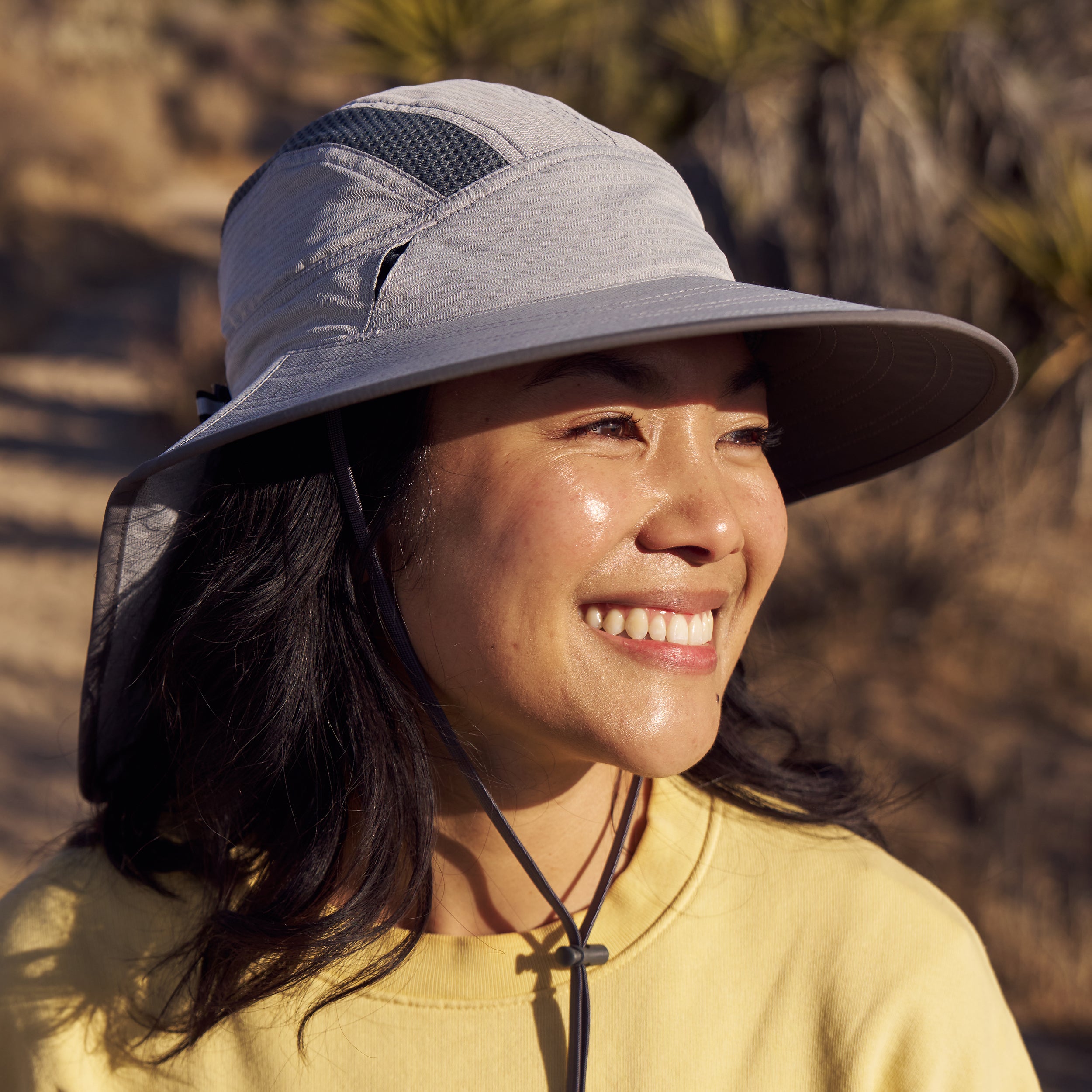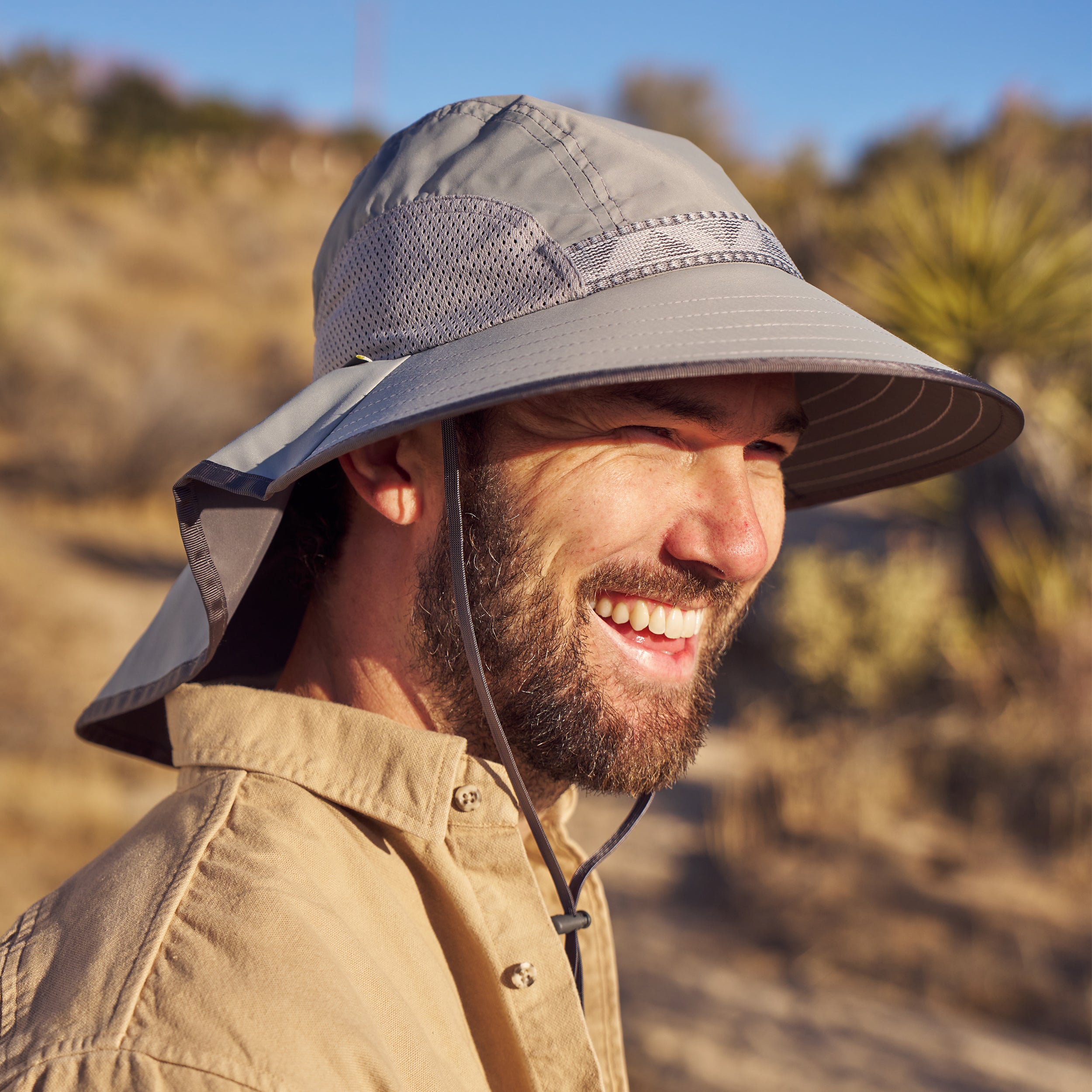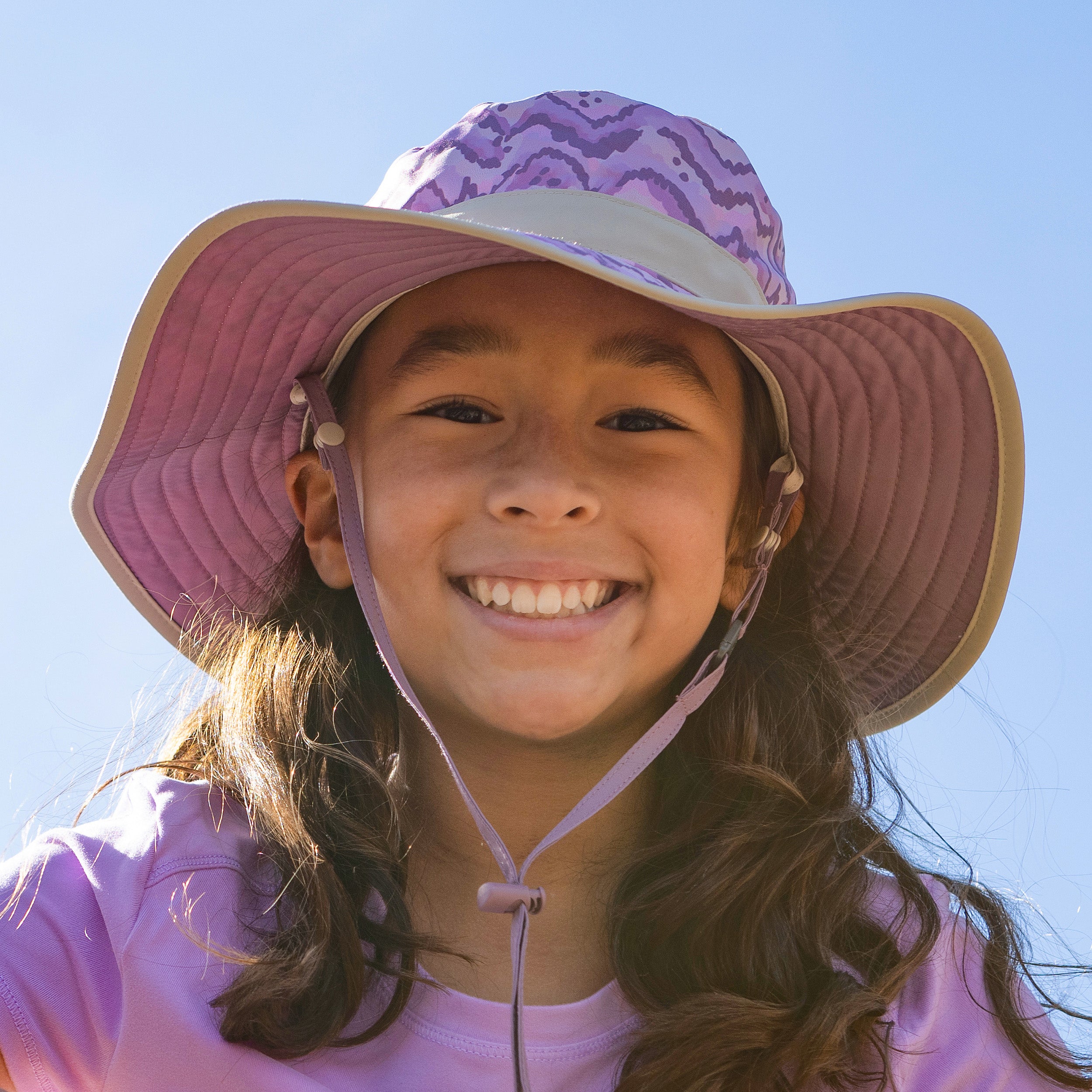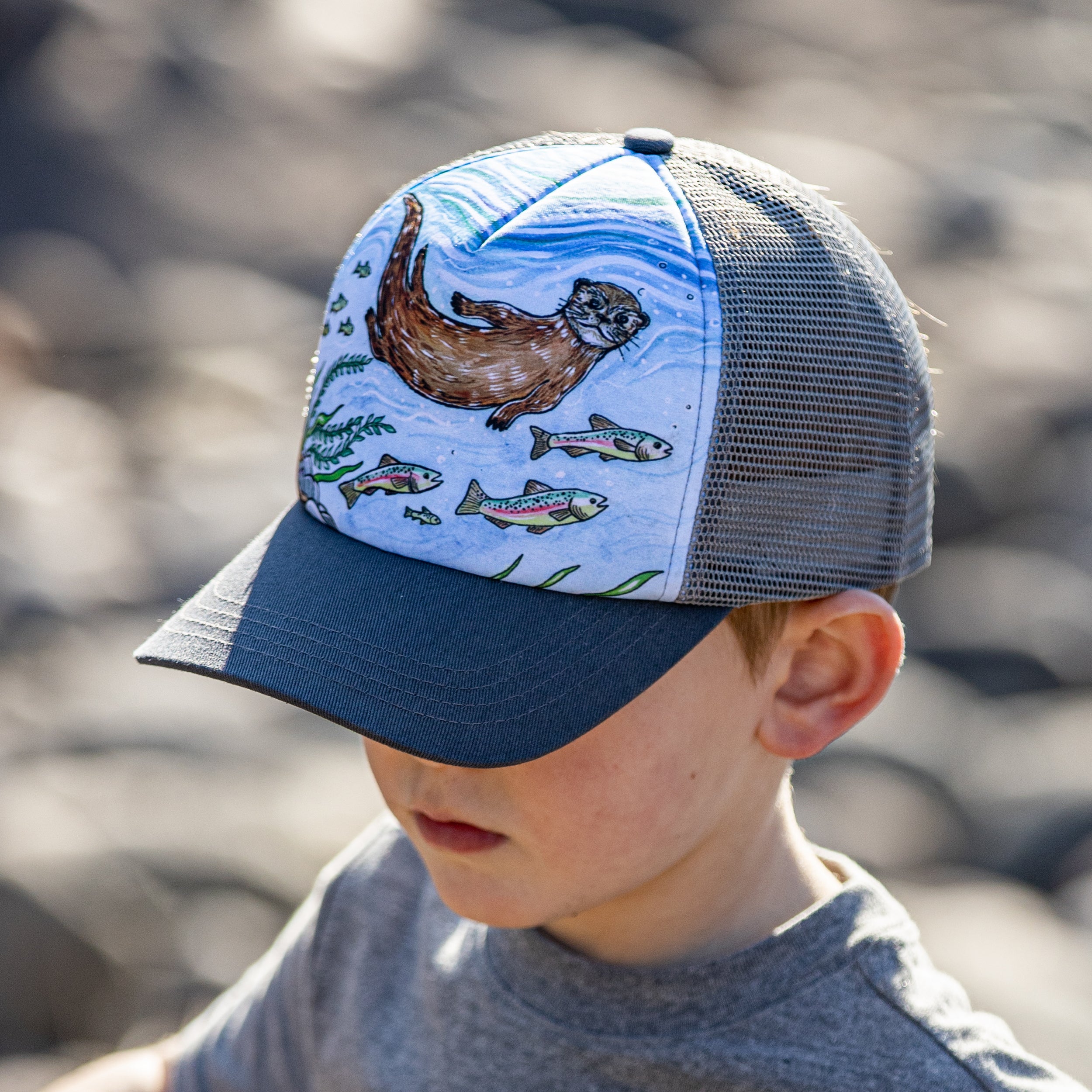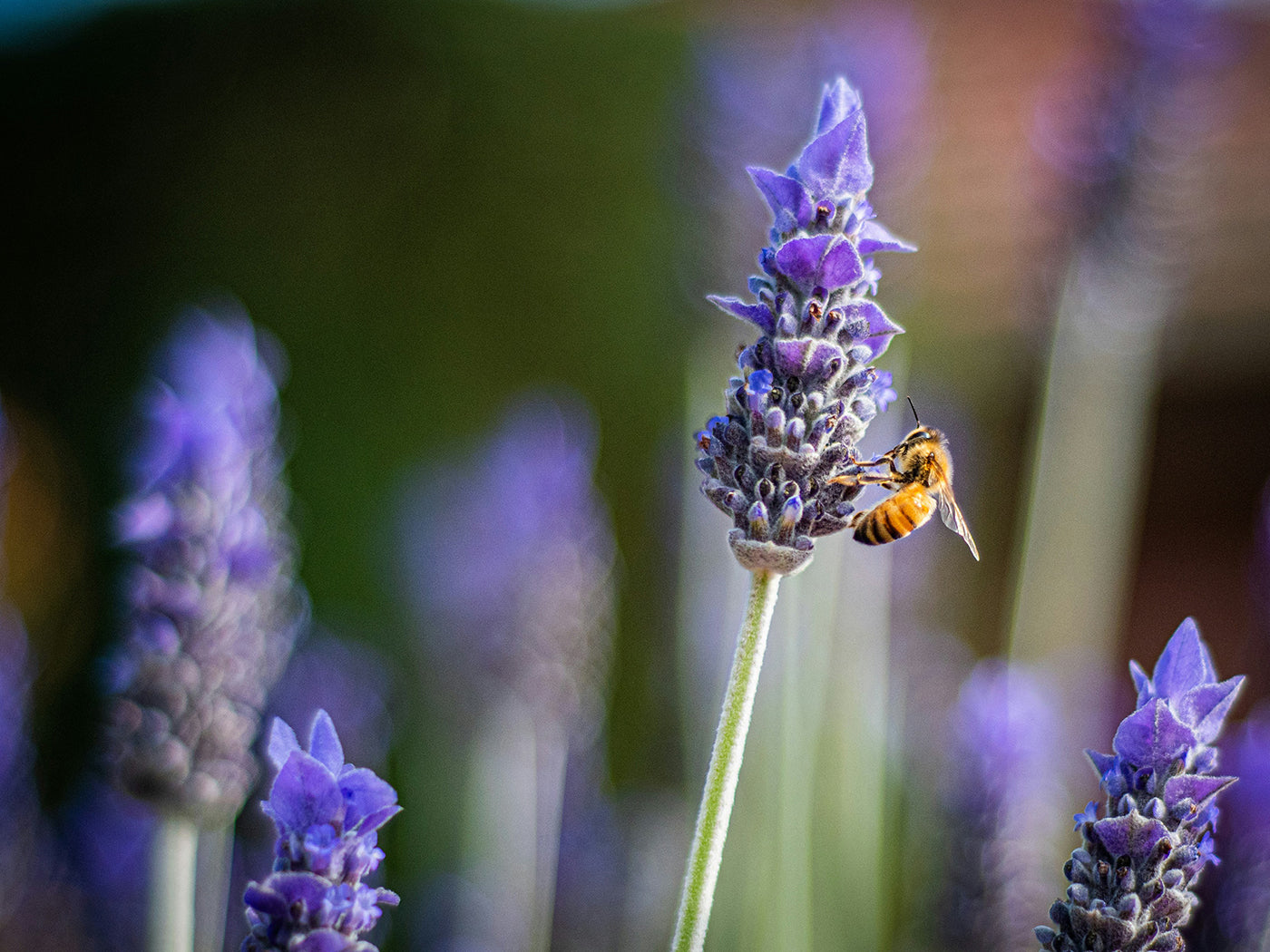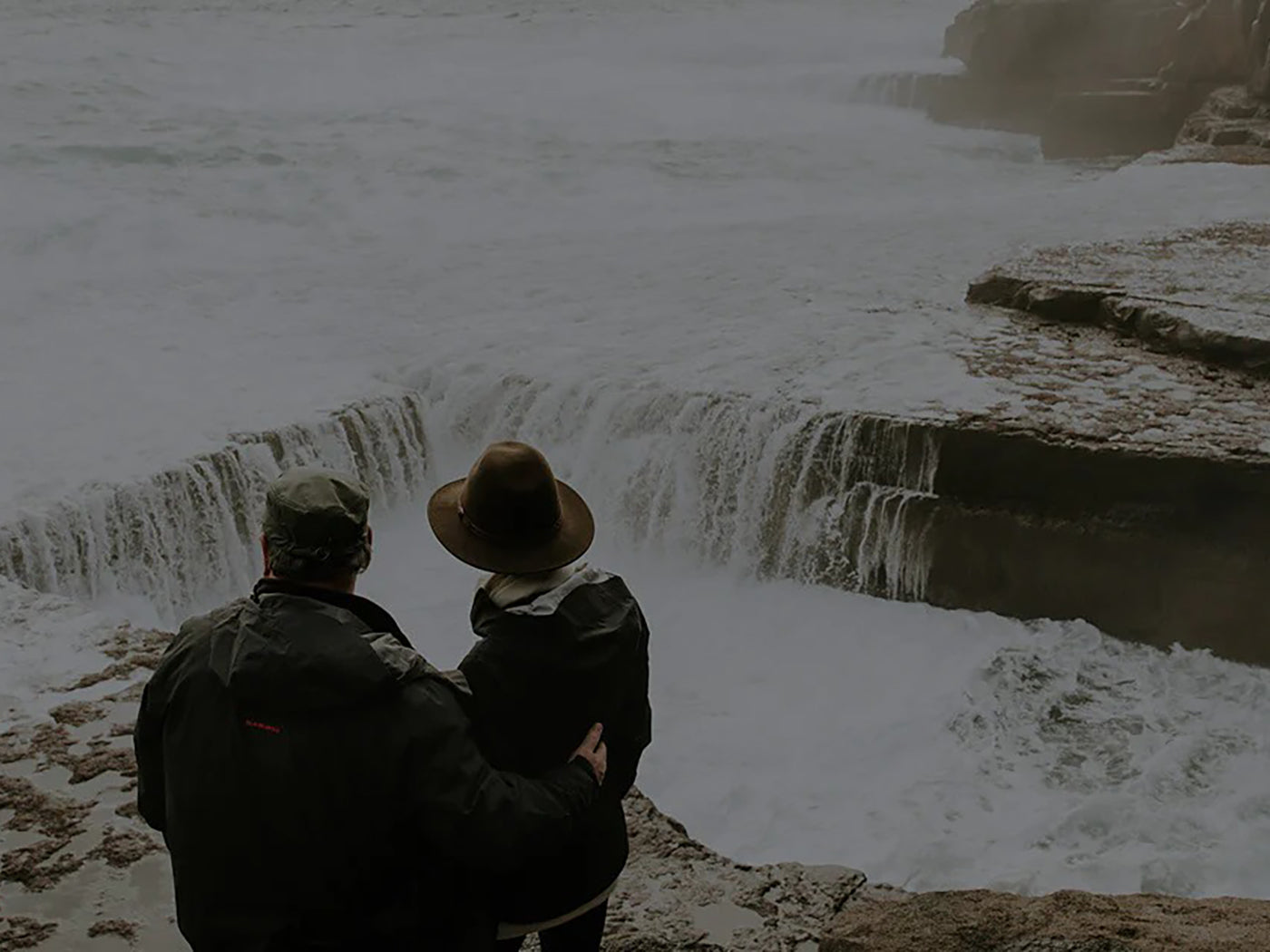
HONEY BEE
WATERING STATION
April 20th, 2021
It’s spring and guest blogger Tracy Jones has another fun and easy activity to encourage kids to learn about and appreciate the flora and fauna right outside your door. When it comes to good stewardship, creating welcoming spaces for pollinators to thrive is at the top of our list. Whether your outdoor space consists of a backyard, pasture, or patio, kids of all ages can have fun observing bees and helping them feel right at home. Read Tracy’s helpful tips below.

When we moved into our new house last spring, we wanted to create a welcoming backyard space for our family as well as our local bees and pollinators. Over the course of the summer, we dug up swaths of grass and planted garden beds full of purple coneflowers, black-eyed Susans, daisies, catmint, sage, and allium. We filled containers with tomatoes, squash, potatoes, eggplant, and beans. As our flowers bloomed, we noticed all sorts of bees, butterflies, and bugs buzzing about.
We also noticed that the bees loved to visit our kiddie pool for a quick drink of water. The bees would land at the edge of the pool where some droplets had splashed up, and they would drink the water and take it back to the hive. On hot days, the bees would return again and again to drink. The only problem was that they had to watch out for the three-year-old rascal jumping in and out of the pool all day! This year we will be creating some designated bee-watering stations in our garden. Our hope is that this will keep the bees hydrated, safe, and out of the kiddie pool.
Collecting water is one of the tasks of forager bees in a honey beehive. The forager bees locate a water source, drink it up, and deliver it back to the hive where it is transferred to the worker bees inside. The water is then used to regulate the temperature and humidity in the hive, create food for the larvae, rehydrate crystallized honey for consumption, and make royal jelly. A bee watering station creates a safe, appealing, and reliable place for bees to get a drink.
Here are a few tips to help the bees in your own backyard:

- Shallow Base: Bees don't like to get their feet wet or risk drowning. A shallow dish with lots of dry places for the bees to land and stand while they take a drink is ideal. Look around your house for a spare terra cotta planter base, old plate, or recycled pie tin.
- Fill: Fill the base with small pebbles, twigs, glass beads, or ceramic tiles so that the water level will never be too high, which could drown the bees.
- Location: The watering stations should be kept away from pets or other animals that might like to take a drink or otherwise bother the bees. Keep the stations in the same place and refill them regularly with fresh water. The bees will memorize where the water source is and return to it when the hive needs more water.
- Water Quality: If you want kids to help refill the watering stations, keep it simple and start off by using filtered tap water. Beekeepers mention that bees may be attracted to many types of water, such as chlorinated water or saltwater, so if you don't see any bees visiting your stations you might try a different type of water. Keep in mind that it is NOT recommended to add sugar to your watering stations, and NEVER add honey, as it can contain bacteria that can be deadly to your bees and their entire hive.
- Drain: Draining and refilling the water regularly will help to deter other bugs like mosquitos from breeding in it.
It's never too early to foster a sense of environmental stewardship in your little ones by helping them experience the power they have to make positive changes in the world around them. We hope this project will spark their curiosity in the infinitely interesting world of bees and keep them engaged in the garden all summer long.
Don’t forget to download the free printable resource pack available here.
About the Author
Tracy Jones is a creative, outdoorsy mama to two energetic daughters living in southern New Hampshire. She is currently homeschooling her pre-K-aged daughter and spends her days exploring nature, and doing play-based projects that inspire curiosity, creativity, and independence. She and her husband and two children live in a 100-year-old fixer-upper which they are lovingly bringing back to life. You can learn more about Tracy’s creative projects for kids on Instagram.

